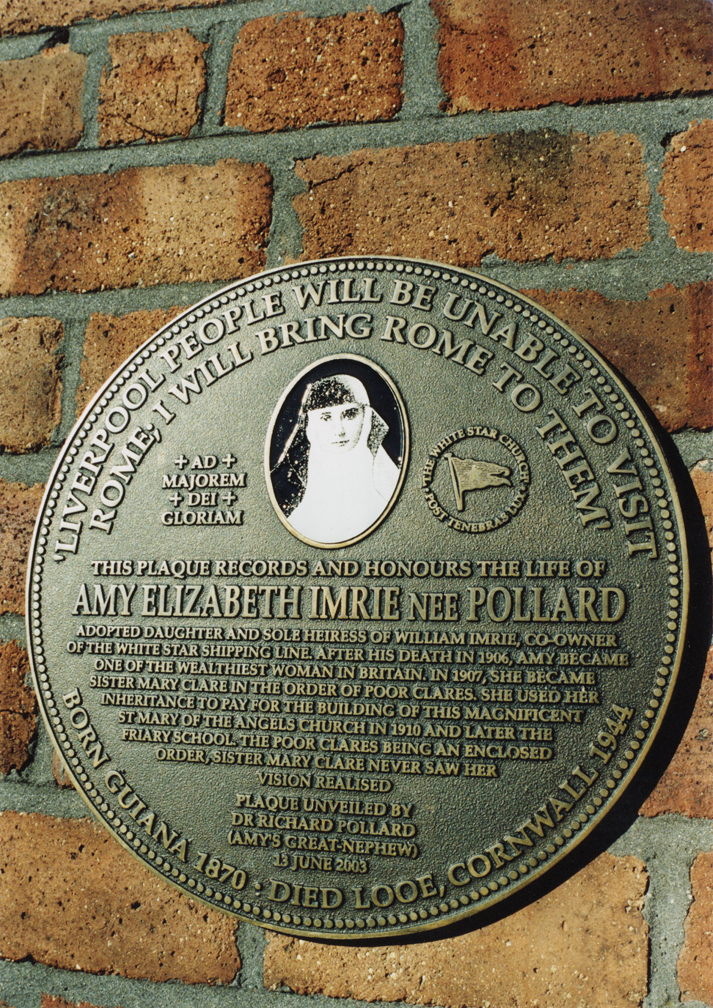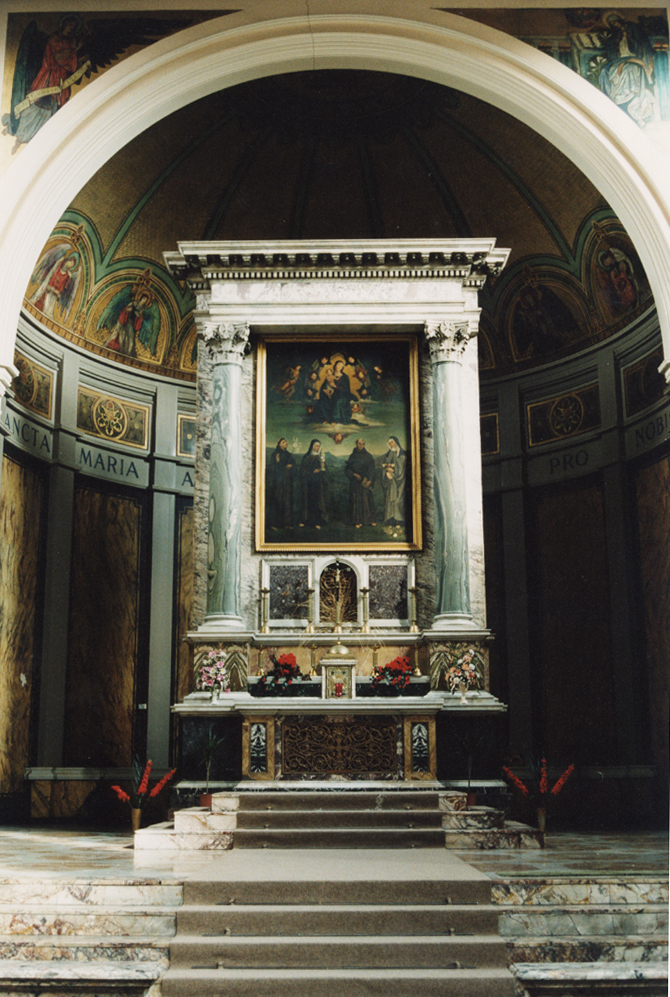


At 11.40pm on April 15th, one hundred years ago RMS Titanic collided with an iceberg 375 miles south of Newfoundland as she sailed on her maiden voyage from Southampton to New York.
Built in Belfast by Harland and Wolff she was operated by White Star Line. Titanic’s crew numbered 900, with 2,200 passengers. 1,517 died and, notoriously, Titanic only had lifeboats for one third of that number. Just 710 people survived.
Some of the male survivors, most notably White Star Line’s chairman, J.Bruce Ismay, were accused of cowardice for leaving Titanic while women and children remained on the ship. Subsequently, he faced social ostracism and obloquy. The disintegrating wreck of Titanic lies on the seabed but, through a succession of books and films, memory of that fateful night remains sharp.
White Star Line was a Liverpool company founded by John Pilkington and Henry Wilson. It made its money and reputation on trade between the UK and Australia and later on its regular voyages to New York – taking thousands of émigrés from Europe to America. In 1868, over dinner at Broughton Hall in Liverpool (a Gothic house which would become a Catholic girls school), a merger deal was struck between Thomas Ismay and his partner, William Imrie. Subsequently the company passed into the hands of his son, J.Bruce Ismay.
Commemorating this most deadly of maritime disasters, Liverpool’s Maritime Museum has opened an exhibition entitled “Titanic and Liverpool, the Untold Story.” But within that story there is a deeper story too – one which links Everton’s beautiful church of St.Mary of the Angels in Liverpool to Titanic, to White Star Line’s heiress, to the Poor Clares and to the remarkable Kay Kelly.
Both Ismay and Imrie wanted to build a small empire to bequeath to their descendants. However, Thomas’ son, J.Bruce Ismay, was clueless whilst William Imrie had no issue. This changed when in 1872 Imrie adopted his South American niece, Amy.
After Thomas Ismay’s death his hectoring and bullying son increasingly isolated Amy. An astute businesswoman in her own right she saw the writing on the wall and removed herself from J.Bruce Ismay’s circle. At around the same time she and her maiden aunt met a Franciscan, Fr.Bede Wrigley, and were received into the Catholic Church.
Amy and her aunt determined to travel to Italy on “The Grand Tour.” They were captivated by Rome’s churches. In Assisi, at the basilica of Santa Maria degli Angeli, much venerated as the place of St. Francis’ death and where St. Clare embarked on her monastic life, Amy determined that she, too, would become a Poor Clare. On the death of her parents in 1907 she became Imrie’s sole heiress and one of the ten richest women in England, inheriting more than £18 million in today’s currency.
She then took her vows of poverty as a Poor Clare, living a life of austerity and asceticism – giving away most of her money to the poor of Liverpool.
In April 1944 she died in the poverty at the convent of Sclerder Abbey, close to the Cornish fishing village of Polperro, which her money had built.
By one of those serendipitous twists of dates, Titanic had sailed from her Southampton berth, number 44, in April 1912. Her nemesis, J.Bruce Ismay died a few years before – their lives and deaths a total contrast.
In addition, Amy used her White Star Line inheritance to found the stunning church of St.Mary of the Angels in Liverpool and the adjacent Friary School.
The church was modelled on the Roman church of Santa Maria di Ariacoeli, with which Amy had fallen in love. She endowed it with beautiful fifteenth and sixteenth century Renaissance artefacts. These include stunning Stations of the Cross and an imposing sixteenth century High Altar which originally stood in Bologna Cathedral. Tradition has it that many saints, including St Ignatius of Loyola, St Philip Neri and St Charles Borommeo offered Mass at the High Altar and preached from the church’s pulpit.
The St. Anthony’s altar was brought from Valetta, and in front of which the Knights of Malta prayed The Rosary all night before embarking for the October 1571 Battle of Lepanto. It is a wonderful church – often called The Vatican in Liverpool – and English Heritage should list it as Grade I, to give absolute certainty to its future. Mother Mary Clare said that “Liverpool people will never be able to visit Rome, so I will bring Rome to them.” Having entered an enclosed order she never herself saw the finished church.
St.Mary of the Angels is a church of extraordinary beauty, but it is also inextricably linked to one of the greatest tragedies of the twentieth century. Its association with Titanic endows it with huge international significance and importance.
The great nephew and closest living relative of Mother Mary Clare, formerly Amy (née Pollard) Imrie, is Richard Pollard, who lives in California. He says his great aunt “deliberately located the church in what was, and still is, one of the poorest wards in England. Her dream was to enable those less fortunate than herself to be able to worship in a setting containing architecture and works of art that would stand comparison with the finest in Europe.”
And it was this church which Liverpool’s Kay Kelly – who had experienced a miraculous healing from cancer – would campaign to save when, in 2001, it was closed and rumours circulated (denied by the Archdiocese) that it might be demolished.
Happily, today it is used by the combined Catholic-Anglican Faith school and by the Royal Liverpool Philharmonic Orchestra ( see https://www.davidalton.net/2011/03/20/in-harmony-making-music-in-west-everton-at-st-mary-and-the-angels/)
The sinking of Titanic, on April 15th 1912, has many threads – but few which are as remarkable as the contrasting lives of the man and woman who inherited White Star Line’s wealth – and which link two remarkable Catholic women with a beautiful church in the port of Liverpool.
Commemorating these events, Brother Ken Vance SJ of St Francis Xavier’s Church in Liverpool (SFX), close to the church of St.Mary and the Angels, is preparing to welcome a collection of rare and historic photos to mark the centenary of the sinking of Titanic. The photos, taken by an Irish Jesuit, are a unique record of the events of 1912 and will be a highlight of the parish’s Flowers for the Titanic flower festival. They will be highlighting the photographs of Fr Francis Browne SJ who took the last photos of ship before she sank and who was a periodic visitor to SFX.
 His uncle was the bishop of Cork who gave him a ticket for the first leg of the voyage from Southampton to Queenstown.
His uncle was the bishop of Cork who gave him a ticket for the first leg of the voyage from Southampton to Queenstown.

APPG for Pakistani Minorities Welcomes Historic Passage of Child Marriage Restraint Act 2025
PRESS RELEASEFOR IMMEDIATE RELEASE31 May 2025...

